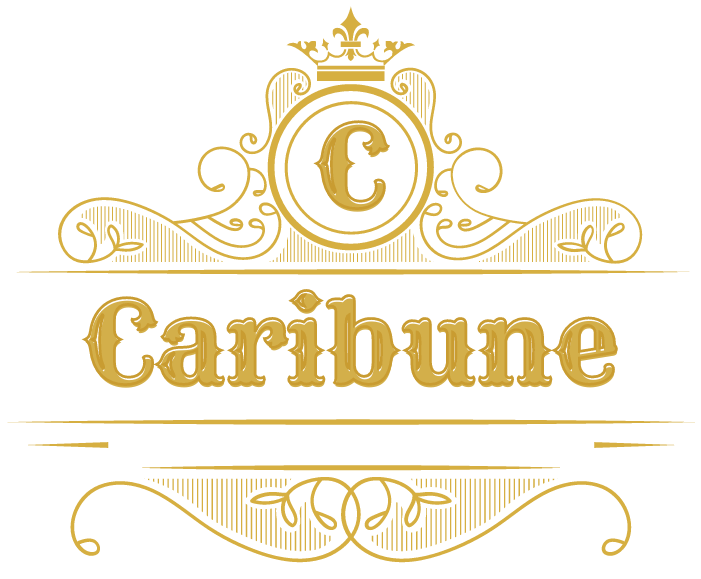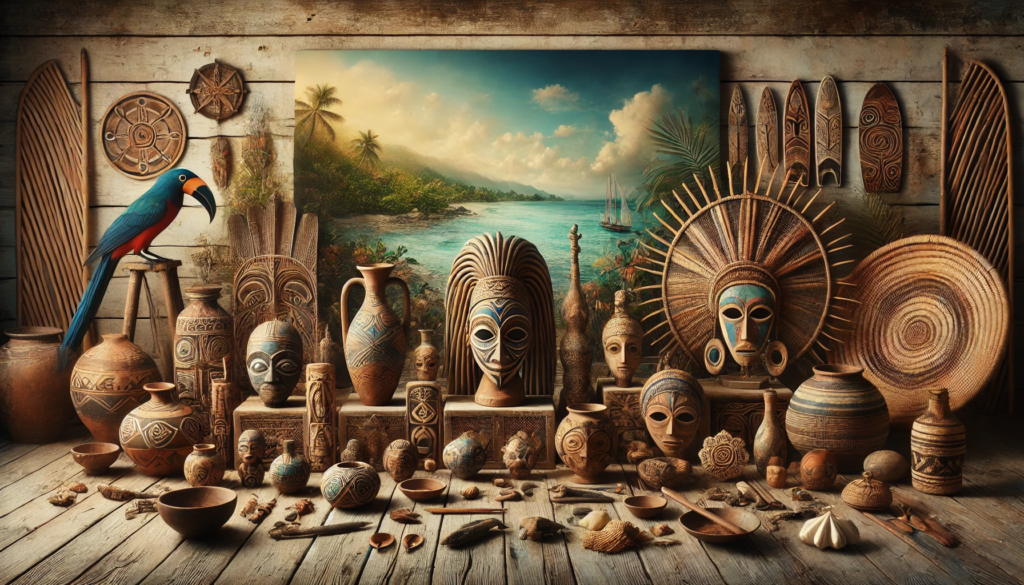The Caribbean is a region rich in cultural history, with a diverse range of indigenous peoples who have left behind a wealth of artifacts. These artifacts, which include pottery, tools, jewelry, and ceremonial items, offer valuable insights into the lives and traditions of the Caribbean’s earliest inhabitants. This article explores the various types of indigenous artifacts found in the Caribbean, highlighting their significance and the cultures that created them.
The Indigenous Peoples of the Caribbean
Before the arrival of Europeans, the Caribbean was inhabited by several indigenous groups, including the Taino, Arawak, Carib, and Ciboney. These groups were skilled artisans, creating a wide range of artifacts from materials such as stone, shell, bone, wood, and clay. The artifacts they left behind provide a window into their social structures, religious beliefs, and daily life.
Types of Caribbean Indigenous Artifacts
1. Pottery
Pottery is one of the most common types of artifacts found in the Caribbean. Indigenous peoples used pottery for cooking, storage, and ceremonial purposes. The designs and styles of pottery vary between cultures and regions, often featuring intricate patterns and motifs.
- Taino Pottery: Taino pottery is characterized by its intricate designs, often depicting animals, human figures, and geometric patterns. These vessels were used in both everyday life and religious ceremonies.
- Saladoid Pottery: The Saladoid culture, which migrated from South America to the Caribbean, is known for its finely crafted pottery, often decorated with red, white, and black paint.
2. Stone Tools and Implements
Stone tools were essential for the daily lives of indigenous Caribbean peoples. These tools were used for hunting, fishing, food preparation, and crafting.
- Celts: Stone celts were used as axes or adzes for woodworking. They are often found in archaeological sites and are characterized by their polished, smooth surfaces.
- Projectile Points: Arrowheads and spear points made from stone were used for hunting. These points vary in size and shape, depending on their intended use.
3. Ceremonial Artifacts
Ceremonial artifacts hold significant cultural and religious value. They were often used in rituals and ceremonies to honor deities, ancestors, and nature spirits.
- Zemi Figures: Zemi figures are small statues representing Taino deities or ancestral spirits. They were often made from wood, stone, or bone and were used in religious ceremonies.
- Duhos: Duhos are ceremonial seats carved from wood or stone, used by Taino leaders and shamans during important rituals. These seats often feature elaborate carvings of animals or human figures.
4. Jewelry and Personal Adornments
Jewelry and personal adornments were not only decorative but also indicated social status and identity. These items were made from a variety of materials, including gold, shell, bone, and stone.
- Beads: Beads made from shell, stone, and bone were used to create necklaces, bracelets, and other forms of jewelry. They were often worn by both men and women.
- Gold Ornaments: Gold was highly valued by the Taino and other indigenous groups. Gold ornaments, such as pendants and earrings, were often worn by high-status individuals.
5. Petroglyphs and Rock Art
Petroglyphs are carvings or engravings on rock surfaces, often depicting animals, humans, and abstract designs. They are found throughout the Caribbean and are believed to have spiritual or symbolic significance.
- Cueva del Indio: Located in Puerto Rico, this cave contains numerous petroglyphs created by the Taino people. The carvings depict faces, animals, and geometric patterns, offering insights into Taino cosmology and beliefs.
The Significance of Indigenous Artifacts
Caribbean indigenous artifacts are invaluable for understanding the region’s pre-Columbian history. They provide evidence of complex societies with rich cultural traditions and advanced craftsmanship. Artifacts such as pottery, tools, and ceremonial objects reveal aspects of daily life, religious practices, and social structures. They also highlight the connections between Caribbean cultures and those of mainland South America, as seen in shared artistic styles and technologies.
These artifacts are preserved and displayed in museums across the Caribbean and beyond, allowing visitors to appreciate the artistry and ingenuity of the region’s indigenous peoples. They also serve as a reminder of the Caribbean’s diverse cultural heritage and the importance of preserving these historical treasures.
Conclusion
Caribbean indigenous artifacts offer a fascinating glimpse into the lives of the region’s earliest inhabitants. From intricately designed pottery and stone tools to ceremonial objects and jewelry, these artifacts reflect the rich cultural traditions and sophisticated craftsmanship of the Caribbean’s indigenous peoples. As we continue to study and preserve these artifacts, we gain a deeper understanding of the Caribbean’s pre-Columbian history and the legacy of its indigenous cultures.
FAQs
What are some common materials used in Caribbean indigenous artifacts?
Common materials used in Caribbean indigenous artifacts include stone, shell, bone, wood, and clay. These materials were used to create a wide range of items, including tools, pottery, jewelry, and ceremonial objects.
What is the significance of Taino zemi figures?
Taino zemi figures are small statues that represent deities, ancestors, or spirits. They were used in religious ceremonies and rituals to communicate with the spiritual world and seek guidance or protection.
Where can I see Caribbean indigenous artifacts?
Caribbean indigenous artifacts can be seen in museums across the Caribbean and around the world. Some notable museums include the National Museum and Art Gallery in Jamaica, the Museo de Arte de Ponce in Puerto Rico, and the Barbados Museum and Historical Society.
How are Caribbean indigenous artifacts preserved?
Caribbean indigenous artifacts are preserved through careful conservation techniques, including climate control, proper storage, and restoration efforts. Museums and cultural institutions work to protect these artifacts from damage and deterioration.
What can petroglyphs tell us about Caribbean indigenous cultures?
Petroglyphs provide valuable insights into the beliefs, rituals, and daily life of Caribbean indigenous cultures. The carvings often depict animals, humans, and abstract symbols, offering clues about the cosmology and spiritual practices of these societies.

